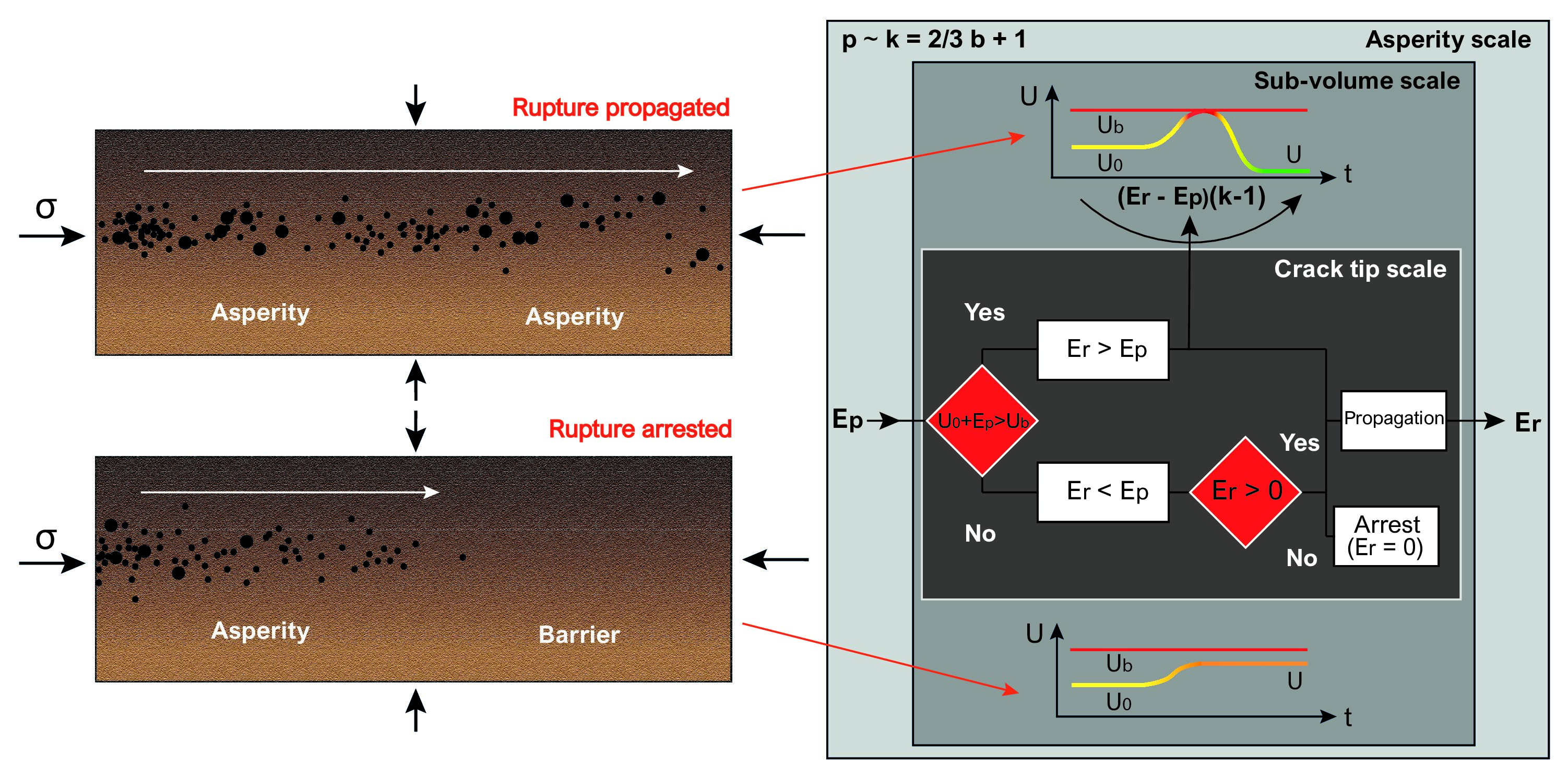In this work, a model for describing the size-frequency scaling and the temporal evolution of seismicity is proposed starting from simple assumptions. The parameter describing how the number of earthquakes decreases after a major seismic event, p, turns out to be positively correlated to the exponent of the frequency-size distribution of seismicity, b, and related to tectonics.
Read full textTag: Omori-Utsu law
Recent Posts
- INTEGRATING PHYSICAL, STATISTICAL AND AI-ENHANCED METHODS IN SEISMIC HAZARD – Towards real-time forecasting of natural and induced earthquakes. Join us in our Session S013 at AGU 2025 in New Orleans!
- Decoding Earthquake Complexity: From Earthquake Ruptures and Slip Styles to Seismic Sequences and Faulting
- Spatial scale dependence of fault physical parameters and its implications for the analysis of earthquake dynamics from the lab to fault systems
- COLLECTIVE BEHAVIORS IN SEISMOLOGY – models and observations for complexity in seismicity, crustal mechanics and faulting. Join us at Session S006, AGU 2025 Fall Meeting in New Orleans!
- Large earthquakes are more predictable than smaller ones
Recent Comments
No comments to show.

